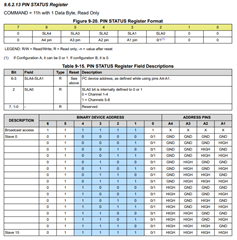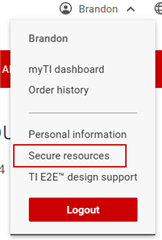Tool/software:
Hi Team,
We are using the TPS23881 PSE controller and successfully achieving 90W through a single port. We are now planning to achieve the same power output across 8 ports. Is it possible to scale up the existing code to support all 8 ports?
Looking forward to your response.






